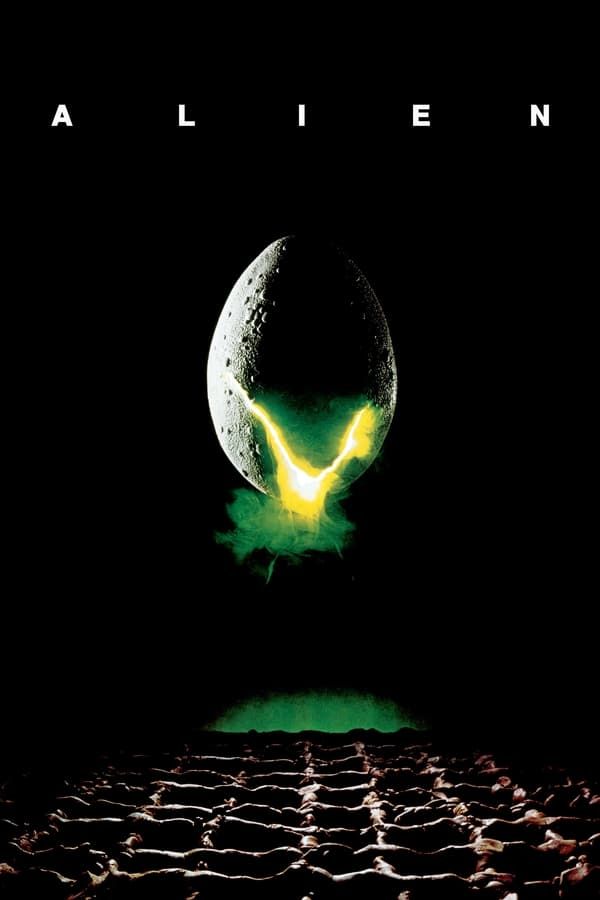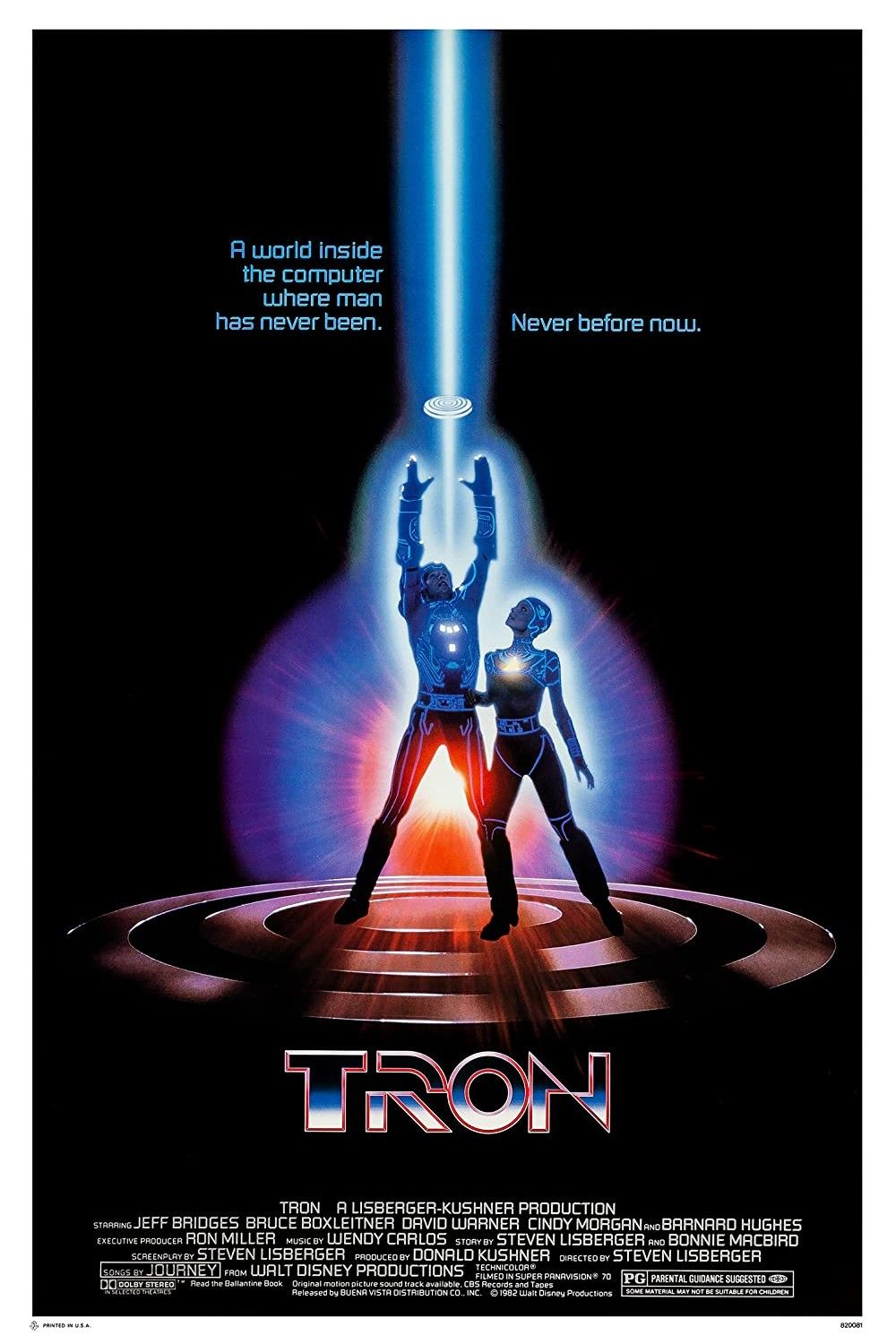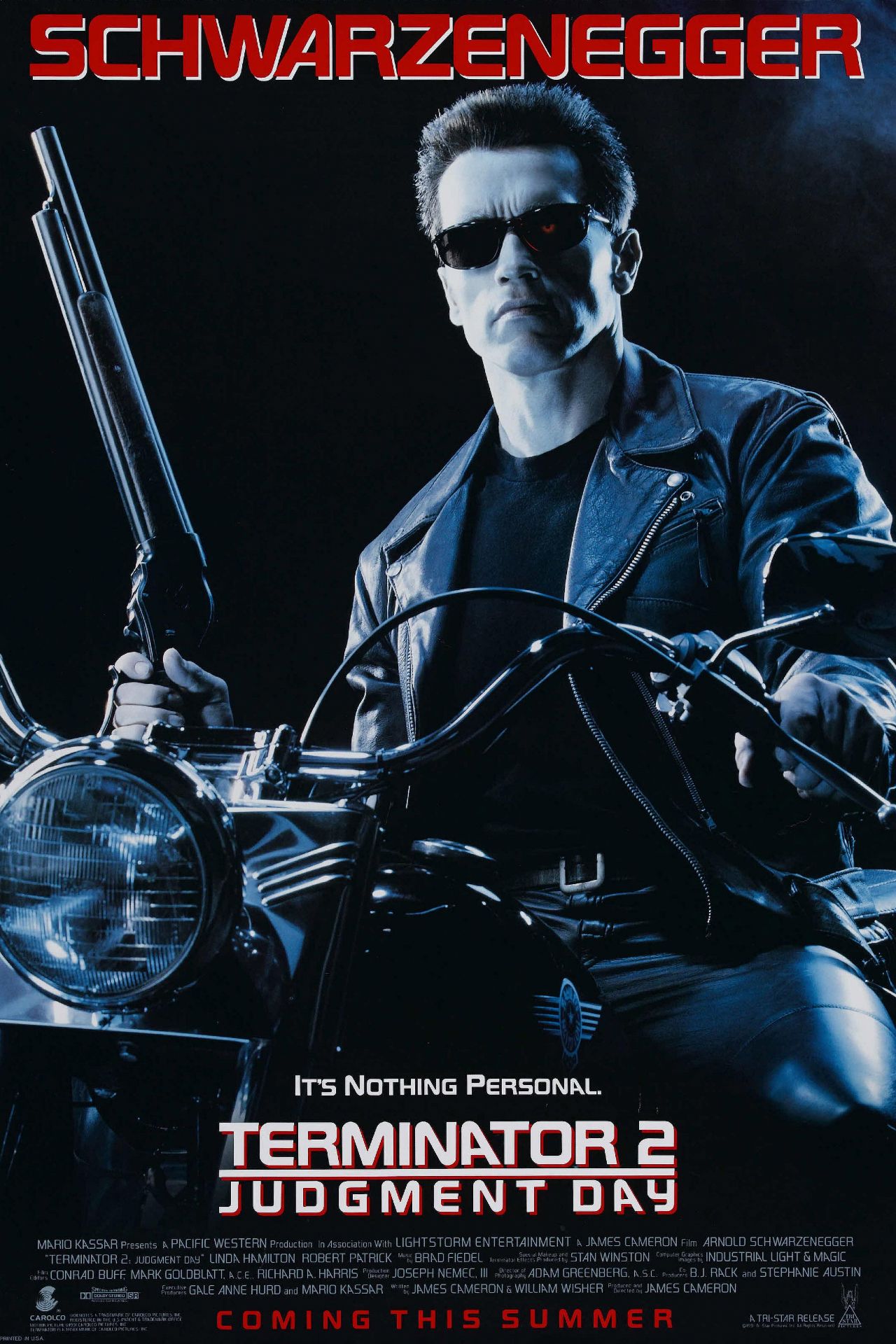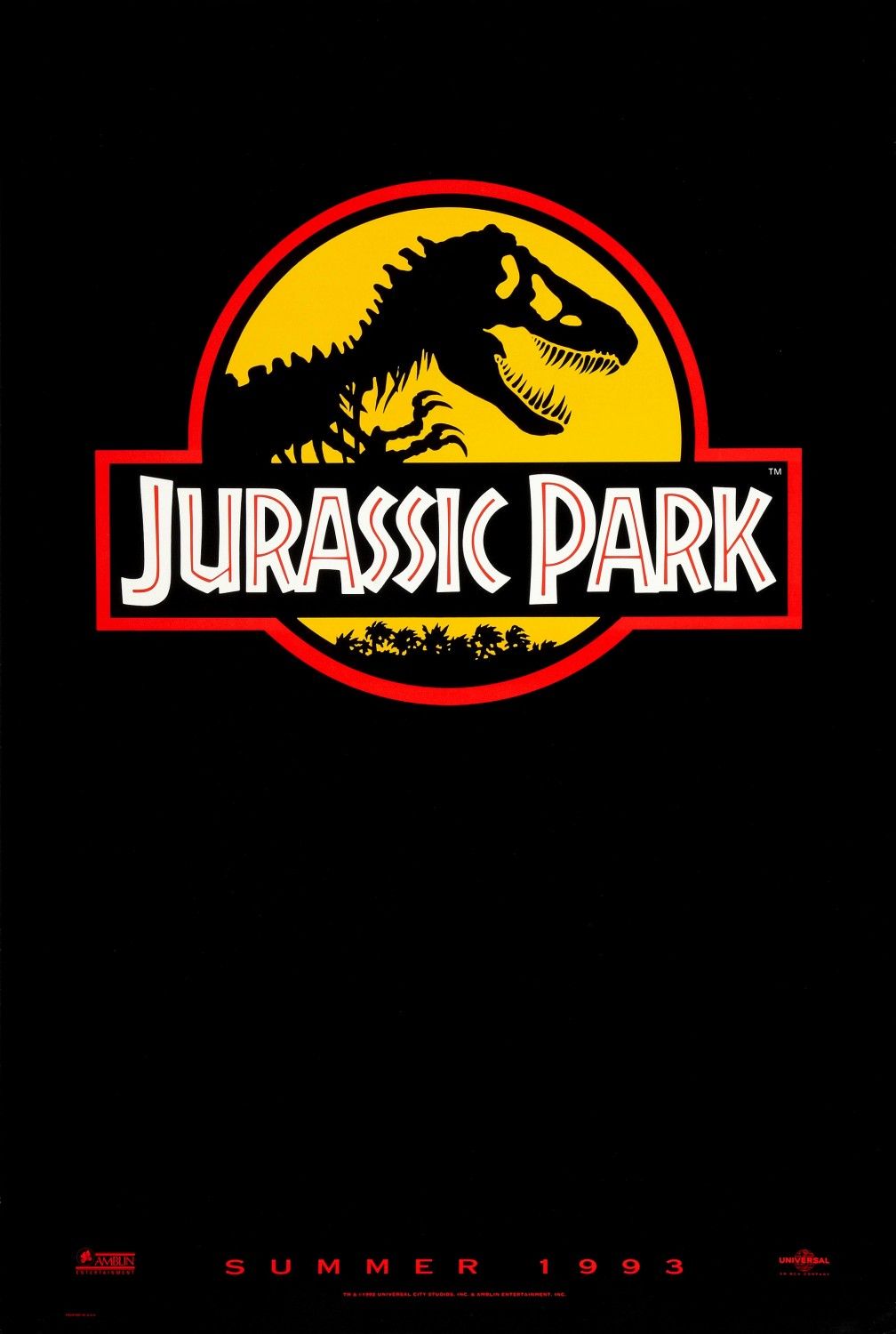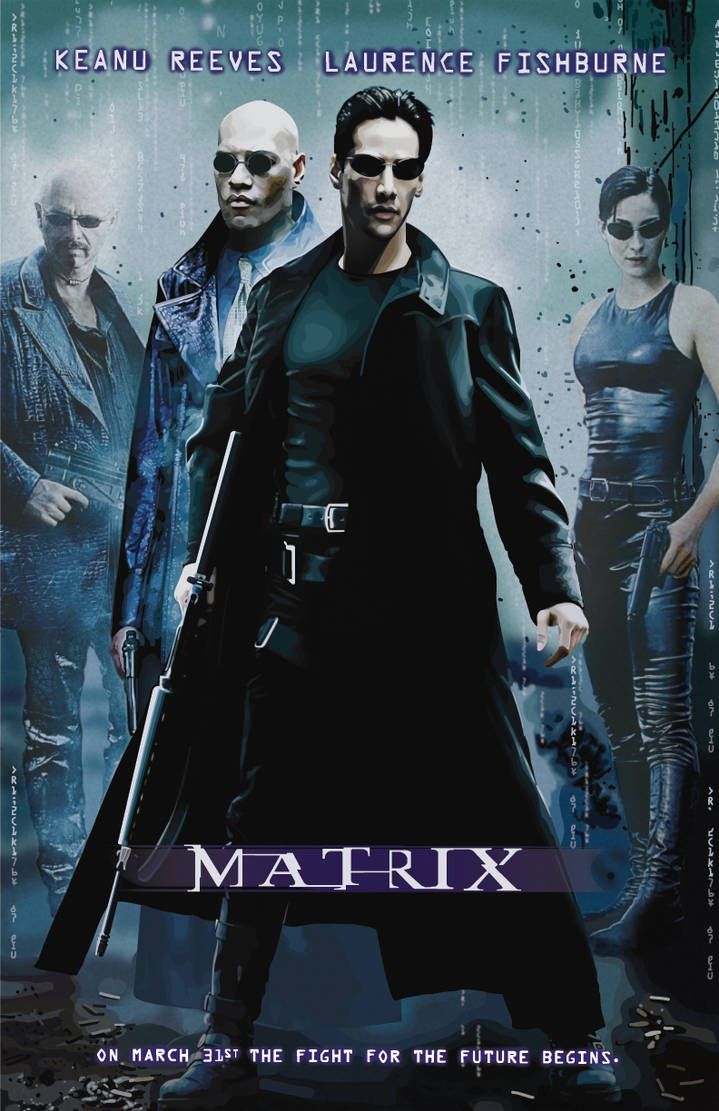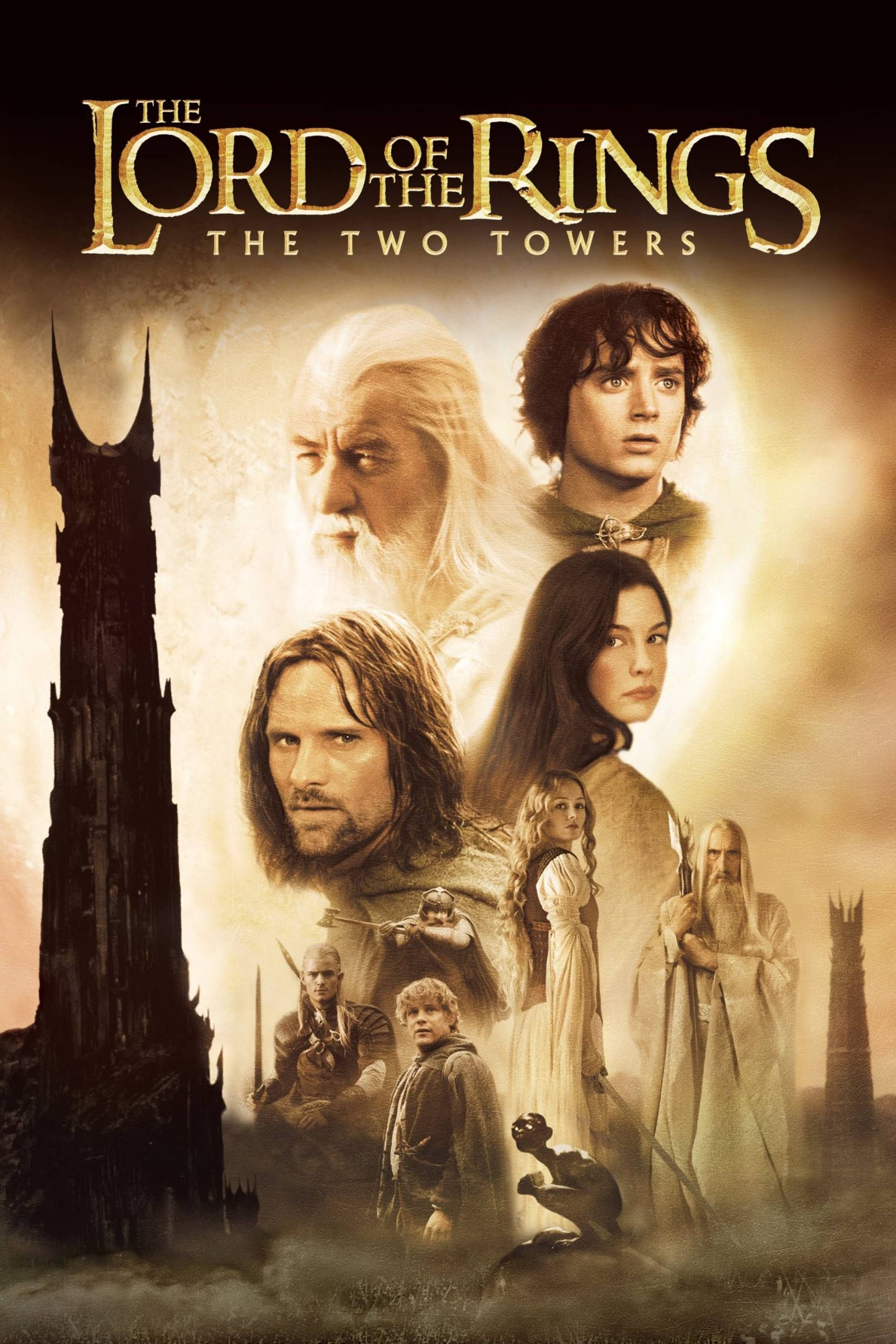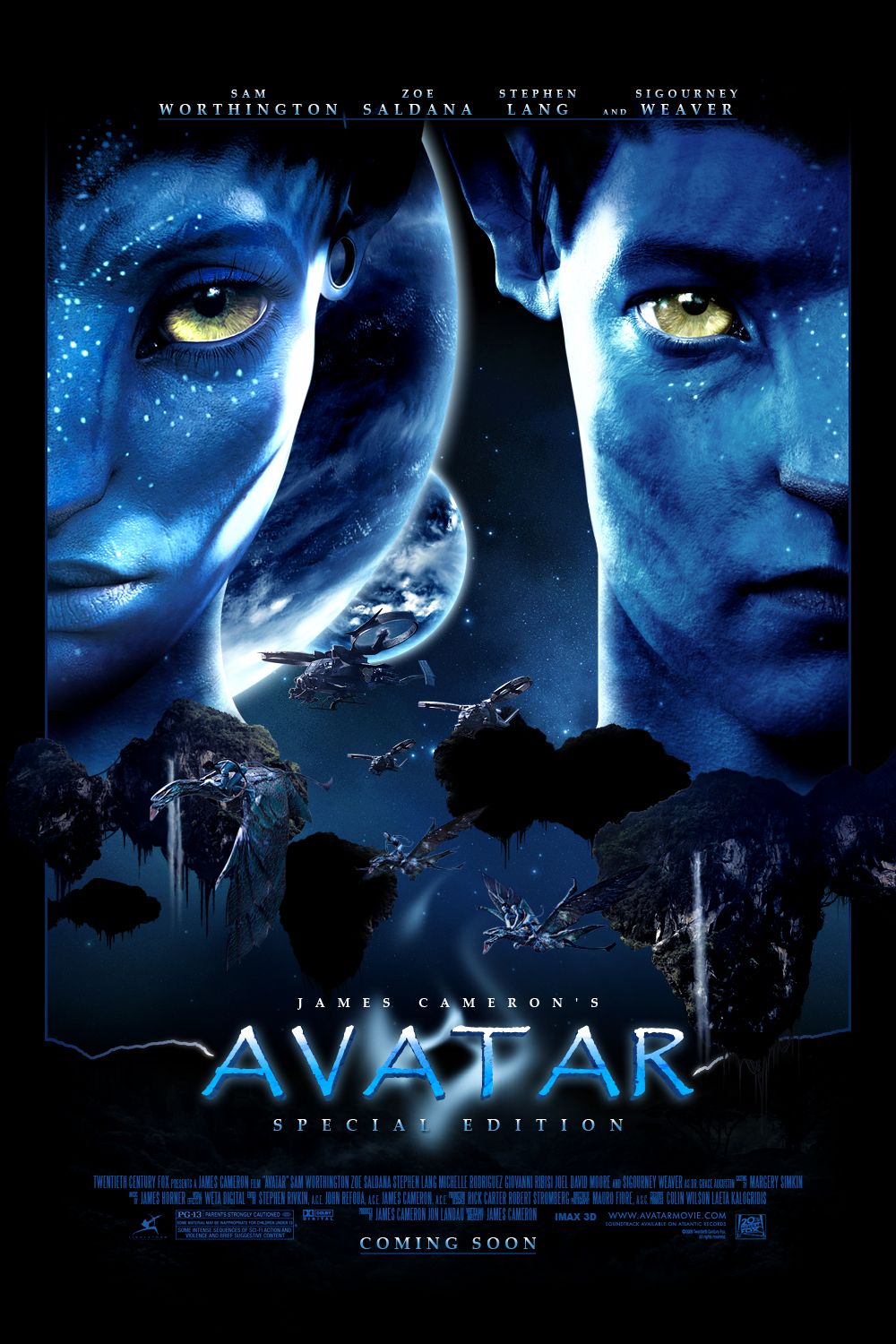Special effects can elevate a movie to new heights. Considering the goal of a film is to create a suspension of disbelief, bending reality through the use of technology is massively beneficial. The first recorded usage of special effects in cinema is found in Alfred Clarke’s 1895 horror The Execution of Mary, Queen of Scots, which features the usage of stop-motion to simulate decapitation. It’s safe to say that film technology has come a long way since then. In modern times, many movies are fabled for their introduction and execution of new special effects techniques.
James Cameron has proved himself as one of the film industry’s contemporary special effects savants. He was involved in the making of the Terminator series T-1000 model, which demonstrated revolutionary visuals. Cameron is rumored to be directing Terminator 7, which will undoubtedly set a new bar in the realm of CGI. His Avatar franchise, which is expected to introduce Avatar: Fire and Ash in 2025, implemented virtual reality with live-action shots that were simply beautiful. Milestones like Cameron’s have been achieved by many filmmakers throughout the years and helped create the standard of visual effects that exists today.
1 The Wizard of Oz (1939)
Technicolor
Technicolor refers to a method of color processing that was first implemented during the Golden Age of Hollywood, which was roughly around the 1930s to the 1950s. Essentially, this technique utilized color values from real life and then inserted them into film post-production. While it wasn’t the first to implement this technique, Victor Fleming’s The Wizard of Oz, which is expected to have a remake, utilized technicolor in the most iconic way.
What makes this film’s application of this special effect so unique comes from how it is built into the narrative, and how amazing it looks. During the beginning of the movie, when Dorothy (Judy Garland) is still in Kansas, the image is black-and-white. However, the moment she is transported to the magical world, it flips, and the coloring suddenly shines through. While it may seem like a basic factor, it was revolutionary for the period.
2 2001: A Space Odyssey (1968)
Anti-Gravity Effects
Director Stanley Kubrick’s epic sci-fi adventure 2001: A Space Odyssey was such an important film in the history of the industry for several reasons. Beyond the breathtaking visuals, it demonstrated a new approach to storytelling that hadn’t been seen before. 2001: A Space Odyssey has a non-linear narrative structure, which was a foreign concept within cinema during the period.
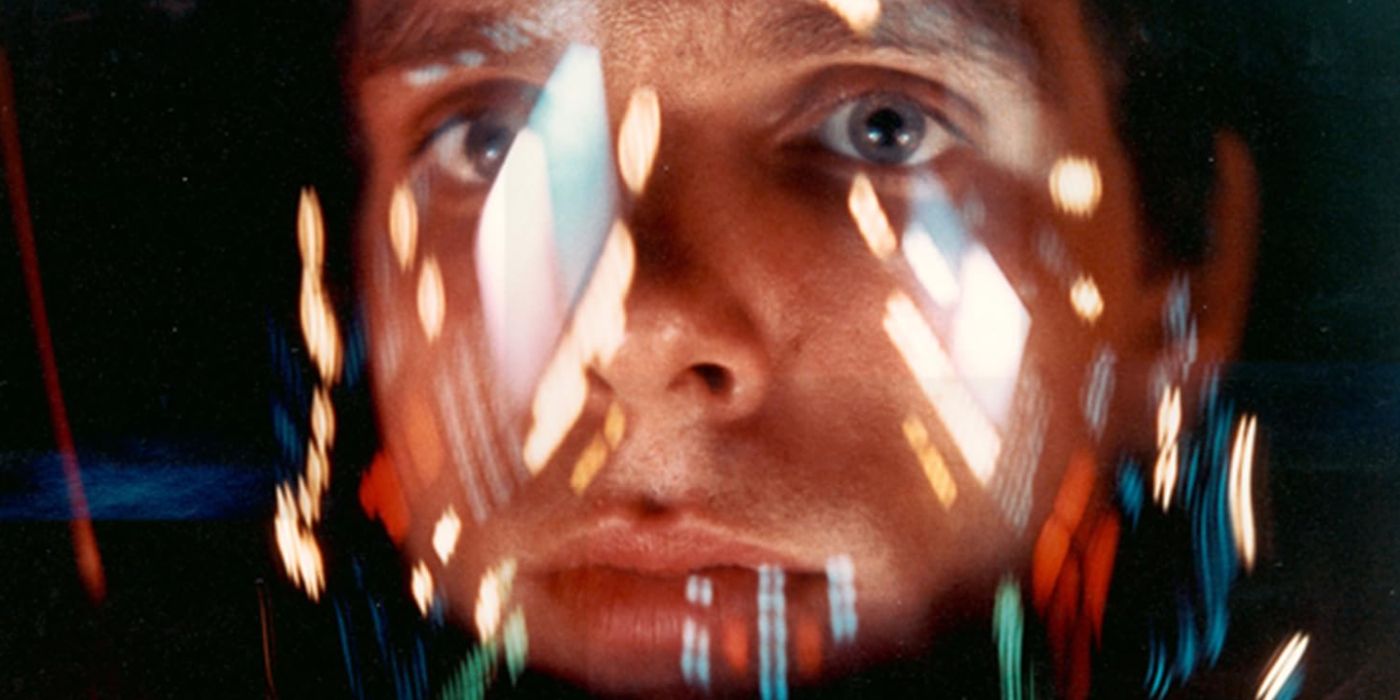
Related
Ridley Scott Explains Why Stanley Kubrick’s Greatest Movie Of All Time Is An “Act Of Genius”
Director Ridley Scott praises Stanley Kubrick’s sci-fi epic 2001: A Space Odyssey as an eternally relevant mediation on artificial intelligence.
The film additionally has a stunning, realistic atmosphere, which was a product of Kubrick’s approach to visual effects. To accomplish the appearance of zero gravity in space, Kubrick had a massive centrifuge built for the Discovery spacecraft, which was nearly 80 meters long. This structure would rotate in a circle, which generated the effect of anti-gravity on the actors within it. The legendary movie also incorporated multiple sequences with surreal, hallucinogenic-like cinematography that had never been executed quite the same way.
3 Star Wars: Episode IV – A New Hope(1977)
Dykstraflex System
The Star Wars saga needs no introduction. The epic space opera is considered to be one of the best franchises in movie history, and for good reason. George Lucas’ original works inspired an entire generation that carried over into the next era of filmmaking. Star Wars: Episode IV – A New Hope’s spaceship effects were remarkable, and were a product of the innovations of Lucas and his team.
One of the most noteworthy technological breakthroughs to come from the movie was a motion control camera system that was created especially for the project, known as the Dykstraflex. This was essentially a camera set on a dynamic crane that could move in virtually unlimited directions. The Dykstraflex system was then used in conjunction with a blue screen against miniature models of spacecraft to create the epic aerial dog fight scenes that are so immersive.
4 Alien (1979)
Xenomorphs
Ridley Scott’s 1979 science fiction horror Alien effectively created a new sub-genre of movies and additionally kicked off an entire franchise. There were so many qualities that made this film stand out, from the masterful writing to the astonishing cinematography. However, it was the use of practical effects in Alien that made the movie as iconic and horrifying as it was.
The newest installment in the franchise,
Alien: Romulus,
also relies heavily on the use of practical effects.
Director Ridley Scott’s implementation of practical effects was executed so perfectly, and it gave the film a genuinely realistic feel. The most famous of these were the techniques used to portray the malicious alien Xenomorphs. The tall, dark, vicious-looking monsters were controlled by actors in massive suits in order to make them feel more life-like. It’s amazing how well their design has persisted throughout the years, with effects that are still convincing over 40 years after the movie was originally released.
5 Tron (1982)
Computer-Generated Imagery
Steven Lisberger’s 1982 Tron was the first feature film to make use of extensive applications of computer-generated imagery (CGI) throughout the plot, and it changed the standard of visual effects on a massive scale. While the simple use of CGI seems elementary, if not standard in modern films, it wasn’t common practice during the period by any means.
The most difficult part was seamlessly blending the computer simulation effects with live-action footage, but Tron pulled it off in a masterful way. This was especially imperative for the portrayal of the film’s famous light cycles, which radiate a beam of color behind them. Although the computer graphics don’t look like anything to write home about from a modern perspective, they persist in a way that matches the aesthetic of the film and were certainly monumental when Tron was released.
6 Terminator 2: Judgment Day (1991)
T-1000
It’s interesting that Terminator 2: Judgment Day presented the degree of special effects complexity that it did, especially considering that the visuals in the original Terminator were relatively average. However, James Cameron came to play during his work on the sequel, and he didn’t fail to deliver. Unsurprisingly, the special effects witnessed a drastic change between the projects, given the budget for the first film was $6.4 million while the second installment had $100 million to play around with.
Although the film makes solid use of practical effects for the action scenes, the spectacle is undoubtedly Terminator 2‘s groundbreaking T-1000 model. The antagonist featured a body made out of liquid metal that could shape-shift into a variety of forms. It’s a difficult concept to portray on screen, especially given the period, but Cameron’s seamless combination of CGI and live-action footage helped bring the T-1000 to life and give a realistic feel to such an unfeasible machine.
7 Jurassic Park (1993)
Realistic Dinosaurs
Steven Spielberg’s Jurassic Park seemed like an anomaly in consideration of the history of cinematic special effects. There was such a stark difference in the degree of Jurassic Park’s realism compared to the projects that came before it. For the first time ever, a movie effectively created believable animatronic dinosaurs that presented an unmatched suspension of disbelief.
Up to 20 puppeteers were needed to operate some of the dinosaurs during the filming of
Jurassic Park.
Spielberg accomplished his goal through a well-crafted culmination of live-action footage, puppets, and computer-generated images. The result was creatures that genuinely felt like they were standing alongside the actors. The masterful effects left the audiences of the time speechless and clearly attributed to the film’s massive success. The movie had a budget of just $63 million but raked in over a billion dollars worldwide. Spielberg’s work created an entire beloved franchise that is set to continue with Jurassic World: Rebirth in 2025.
8 The Matrix (1999)
Bullet Time
The Matrix represented a significant step forward in cinematic technological innovation. Not only did the film introduce new techniques and styles of visual effects, it integrated them into the film in a way that perfectly matched the aesthetic of the movie. Lana and Lilly Wachowski clearly had a vision for the film, and it was thoughtfully carried out to create a masterpiece. There are numerous instances of noteworthy special effects throughout the plot, from the physics-breaking fight scenes to the computer-coded backdrops.
However, the most iconic, and perhaps most impressive application was The Matrix’s implementation of “bullet time.” These scenes portray characters from a 360-degree view in a slow-motion fashion. As the perspective slowly rotates around the characters, it makes it look like time is standing still. The bullet time special effects were created using an innovative setup of still cameras in a spiral orientation, which successively captured a sequence of frames. These images were then conjoined in post-production to give the facade of a rotating, time-bending point of view.
9 Lord Of The Rings: The Two Towers (2002)
Gollum Motion-Capture
There is so much to unpack behind the amazing administration of special effects in Peter Jackson’s The Lord of the Rings franchise. The creation of Middle Earth itself is a thing of beauty. The culmination of computer-generated images and the already stunning landscape of New Zealand constructed a fantasy world that didn’t seem human made by any means. The series didn’t solely rely on technological effects, either. The grotesque Orcs, for example, were created using prosthetics and makeup.

Related
Every Upcoming Lord Of The Rings Movie & TV Show
The Lord of the Rings franchise has seen a resurgence in film and TV. Here is every project coming out of Middle-earth in the near future.
However, the innovative spectacle of the film was Andy Serkis’ Gollum, and the motion capture tech used to bring him to life. Gollum was created using a thoughtful combination of computer-generated images and motion capture technology, and the results speak for themselves. His first real exposition took place in the second installment of the franchise. Gollum had a fictional, yet tangible portrayal that was utterly bone-chilling. In fact, the creature was so iconic that there are plans to release a 2026 Lord of the Rings Gollum movie.
10 Avatar (2009)
Stereoscopic 3D
James Cameron’s massively successful Avatar might be the biggest marvel in modern special effects innovation. The quality of the film’s 2009 release made it seem as if James Cameron had single-handedly advanced technology 10 years into the future. The depiction of the Na’vi was something out of a dream. Not only did the creatures seem totally believable, they gave off a hallucinogenic-like effect, to the point where their existence didn’t seem possible. Cameron is renowned for his cinematic innovation, but his work on this film is in a league of its own.
Avatar’s groundbreaking special effects were partly created using a technique known as stereoscopic 3D capturing, which involves a unique camera setup that records two similar images at the same time, much like a human eye would operate. This results in a projection of depth and optimizes the footage for three-dimensional viewing. Cameron accomplished this concept using specific rigs that were designed for the film, known as fusion camera systems. The finished product was a breathtaking visual display that hasn’t been rivaled since.




